Intel 3D XPoint Optane SSD DC P4800X Performance Preview
Test Setup
While we prefer to control the test environment in our own labs, in this case it simply wasn't possible. We’re testing on a remote server in Intel’s Folsom campus. The company configured its hardware and operating system, but we used our own utilities and scripts for benchmarking. We examined the system carefully and didn't find any obvious manipulations that would unfairly alter performance metrics. We also conducted cursory testing on other volumes in the server to ensure we attained expected values.
| Header Cell - Column 0 | Intel Optane DC P4800X Test Platform |
|---|---|
| Server | Intel Server System R2208WT2YSR |
| Processors | 2x Intel Xeon E5-2699 v4 |
| DRAM | 16x Kingston 9965600-012.A02G 16GB |
| Optane | Intel SSD DC P4800X, 375GB, HHHL, PCIe 3.0 x4, 3D XPoint |
| Boot Drive | Intel SSD DC S3500, 160GB, 2.5" SATA, 20nm MLC |
| SSD (Control) | Intel SSD DC P3700, 800GB, U.2, PCIe 3.0 x4 20nm MLC |
We tested with Ubuntu 16.04.2 LTS (4.8.0-46-generic), which is in contrast to our preferred CentOS 7.x. In fact, we collected our library of performance data with CentOS, so bear in mind the P4800X is the only device tested with Ubuntu. However, as you’ll see, the margins are large enough that variations in test platforms aren't going to yield massive performance deltas for the NAND-based SSDs (short of magic pixie dust). We’ll circle back with testing on a unified platform when samples arrive later this year, and we have more information on our test procedures and platforms in our How We Test Enterprise SSDs article.
We use fio to collect performance metrics, and while it is hands-down the best tool for the job, testing Optane proved to be a challenge. We typically record data on a per-second basis to generate scatter plots for our performance charts. These charts do a good job of providing a visual representation of performance consistency, but they rely on strict time measurements to provide accurate measurements. The original data we recorded didn’t line up with the other metrics, such as standard deviation and QoS percentile data, indicating a problem. There appears to be a timing issue with the utility, so our data parsers couldn’t accurately calculate the erroneous time outputs. I’d stop short of saying that the intense speed of the DC P4800X broke the utility by flooding the CPU with time calls for low-latency operations, but not by much. We tuned the utility with various parameters to facilitate accurate per-second measurements.
Test Pool
We dug into our library of enterprise SSDs to compare to the Intel DC P4800X. We obviously don't have shots of the internals of the DC P4800X, but here is a quick rundown of the competing devices.
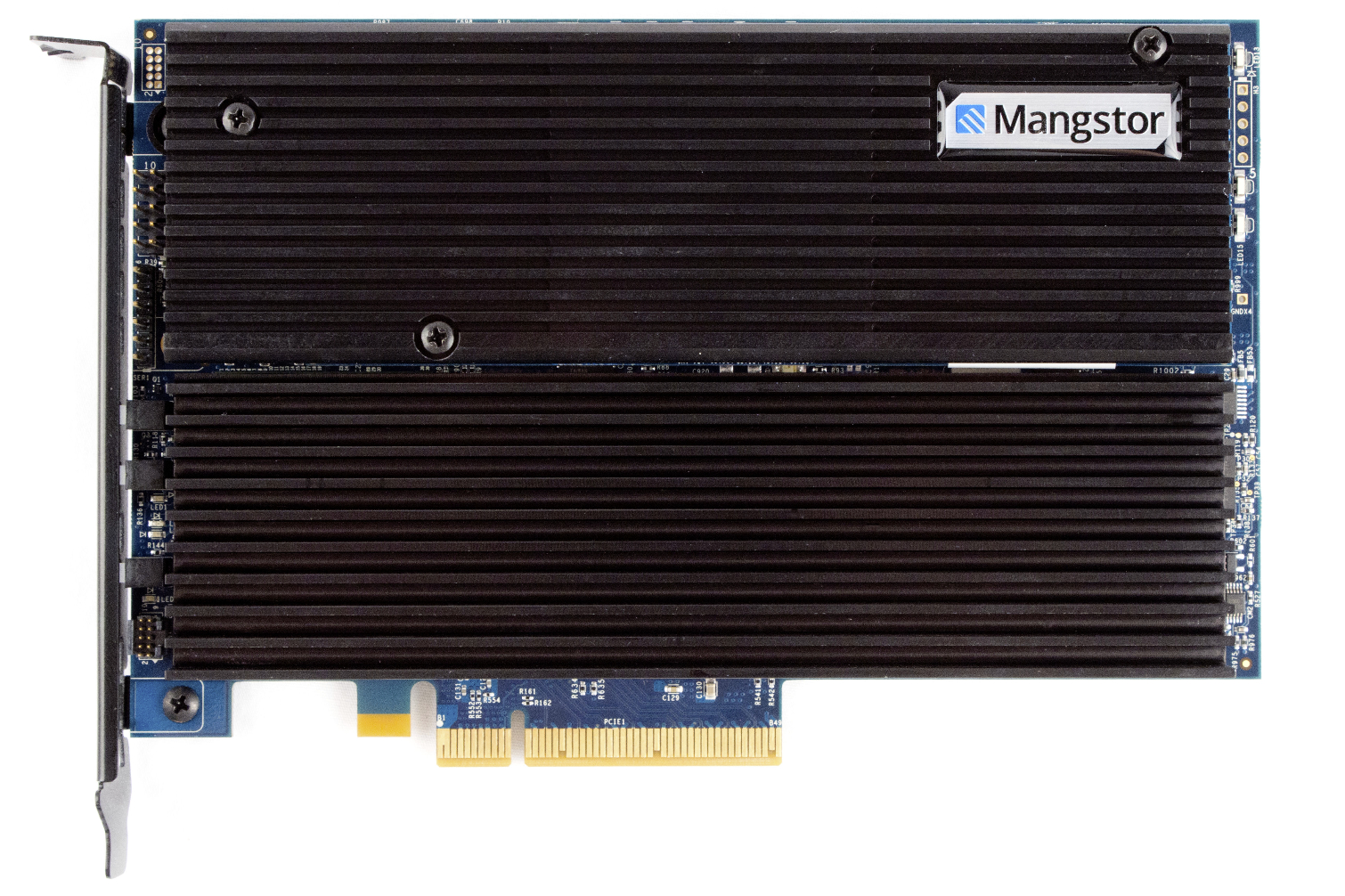


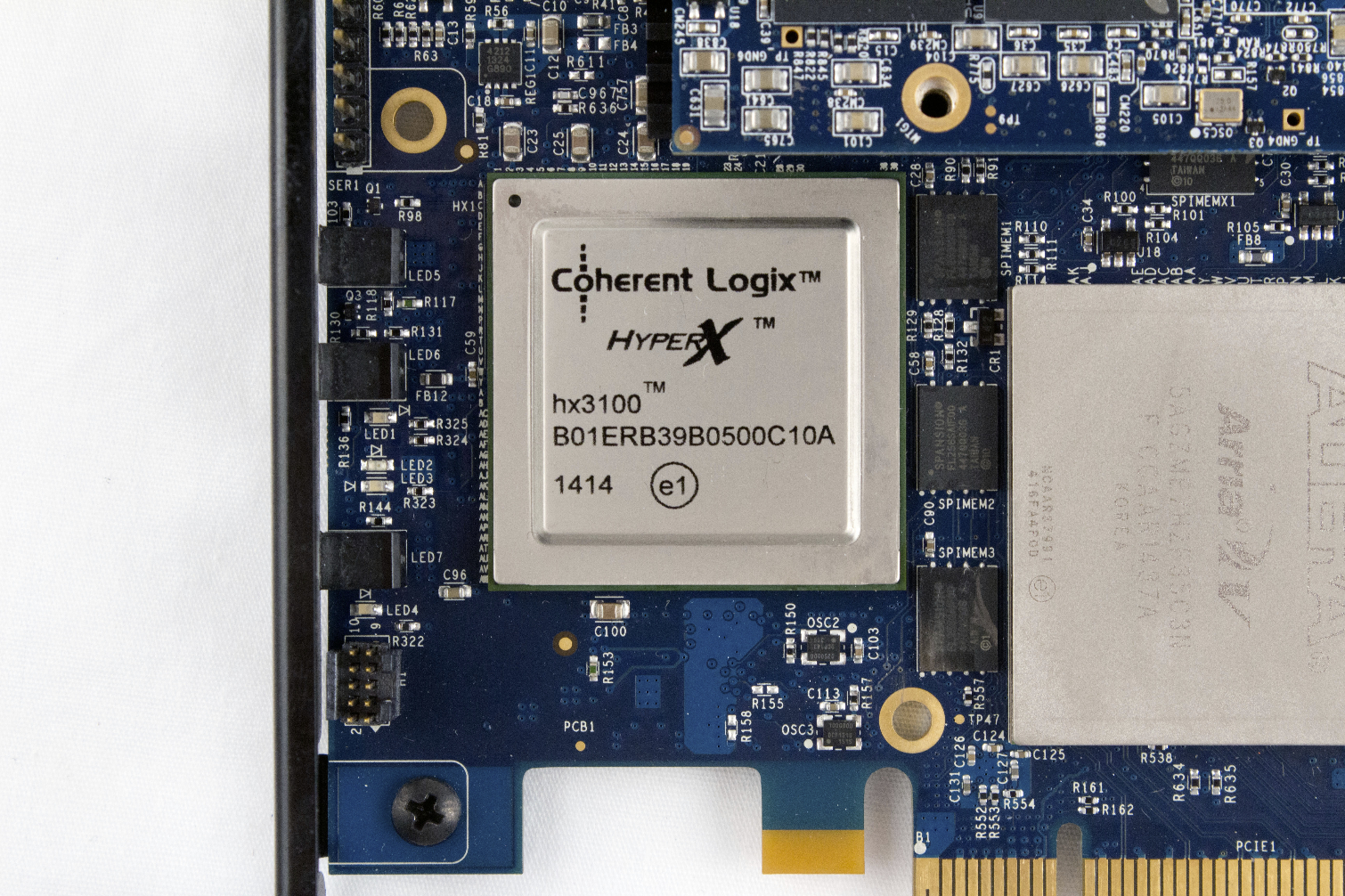
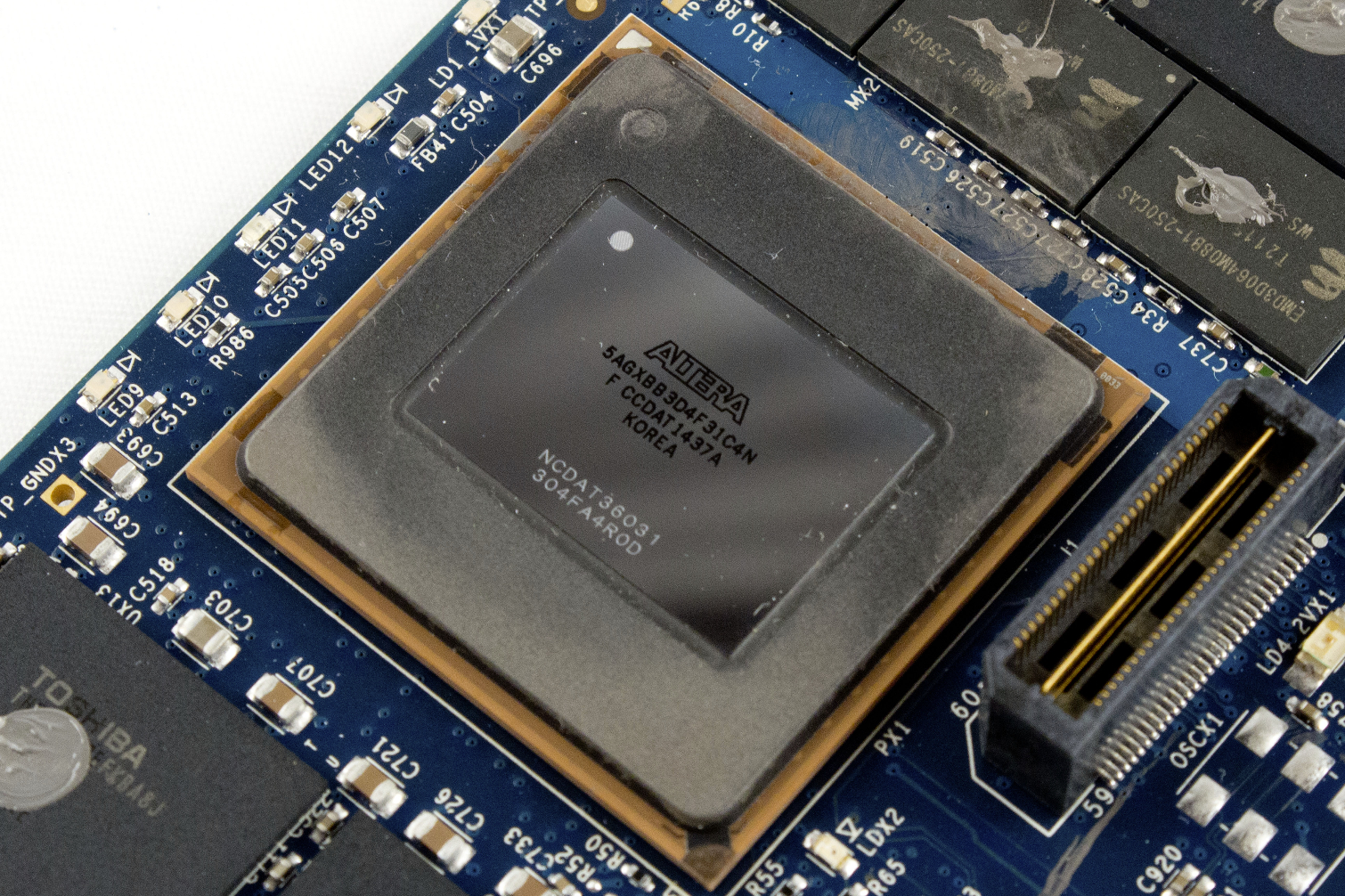

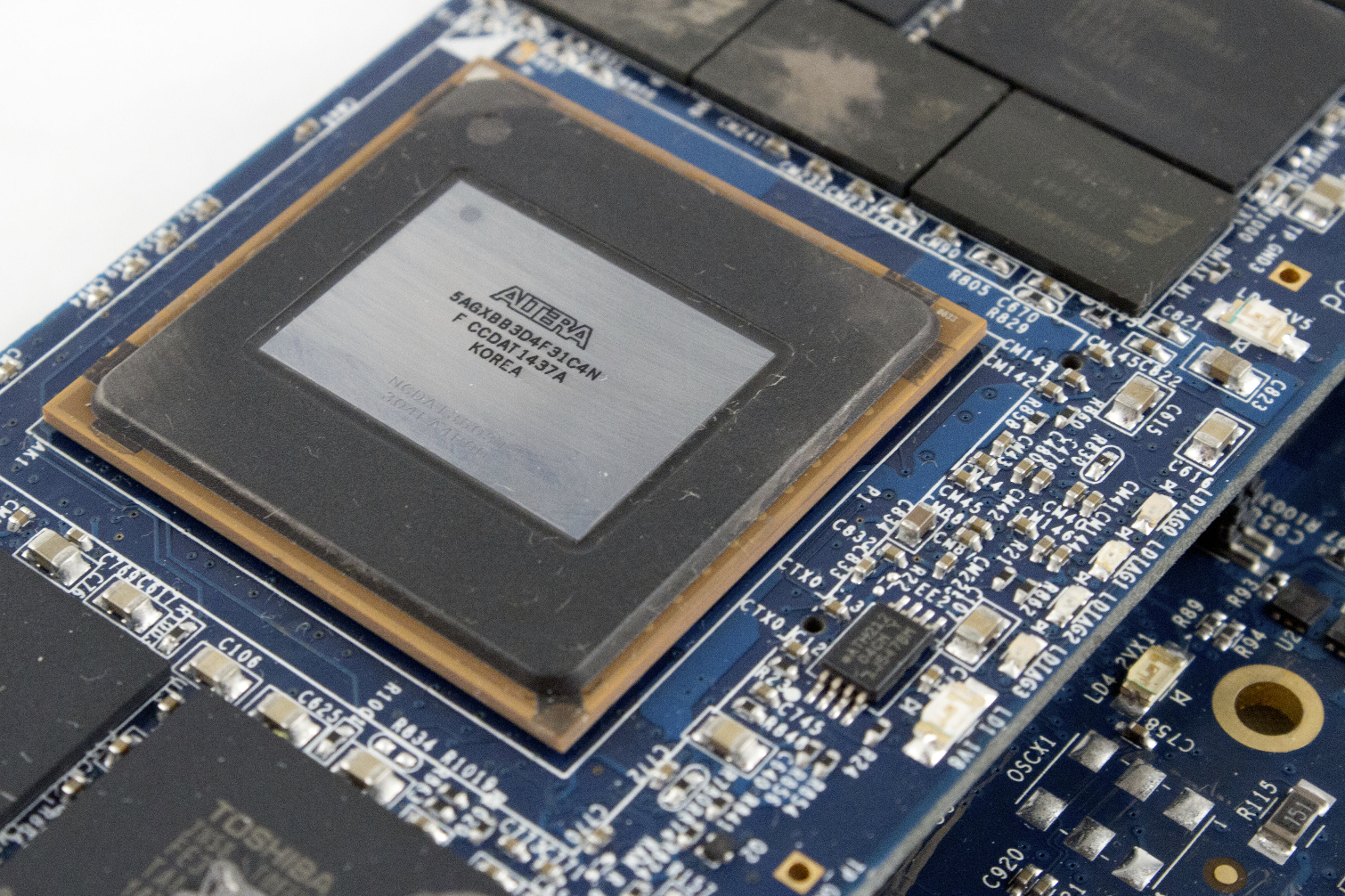
Most of the enterprise SSDs with enough power to challenge the DC P4800X are pretty exotic. The Mangstor MX6300-270TS features three FPGAs that feed a 100-core processor. It pulls down 60W at the slot, whereas the DC P4800X only sips 12-14W. The MX6300's a barnburner, but it offers an incredible amount of performance. It’s also the only SSD equipped with ST-MRAM, though its only used as a write buffer.


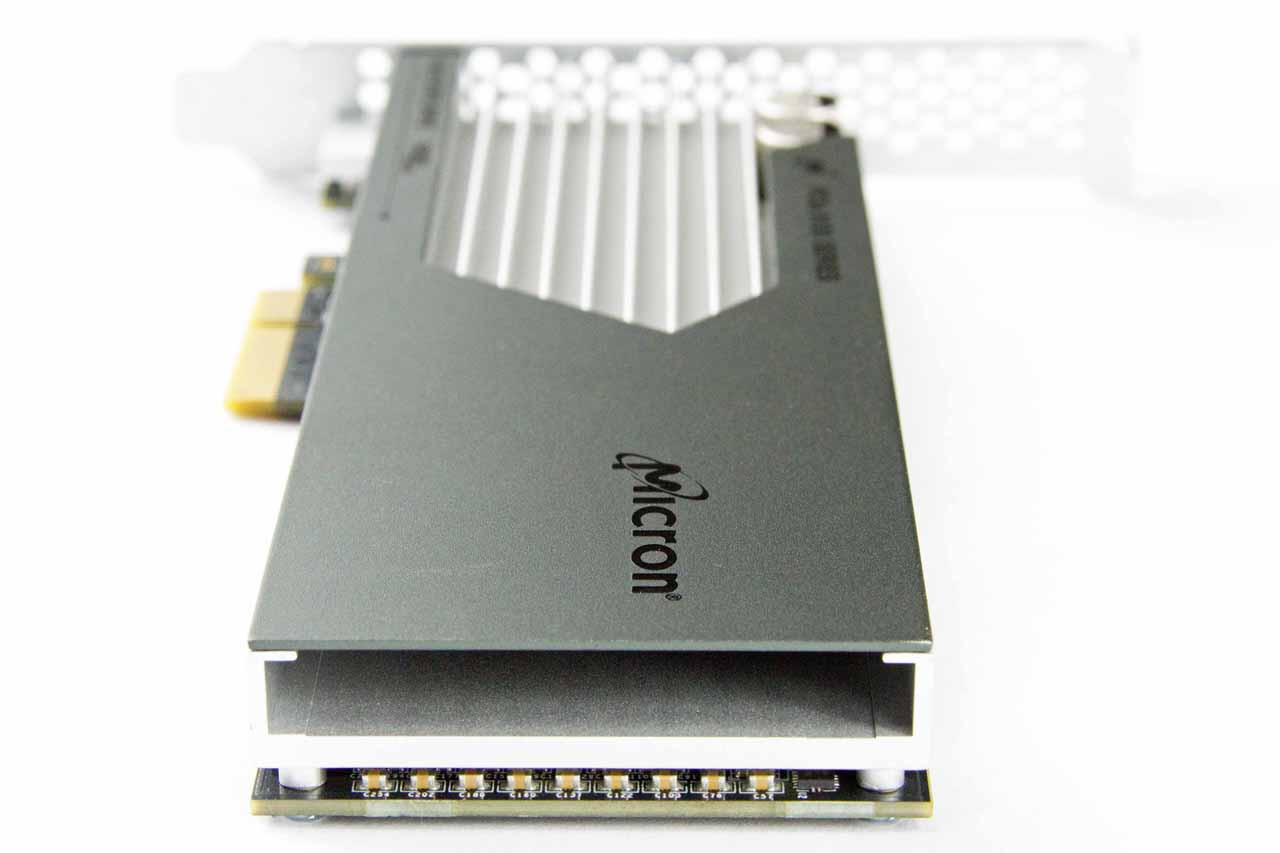
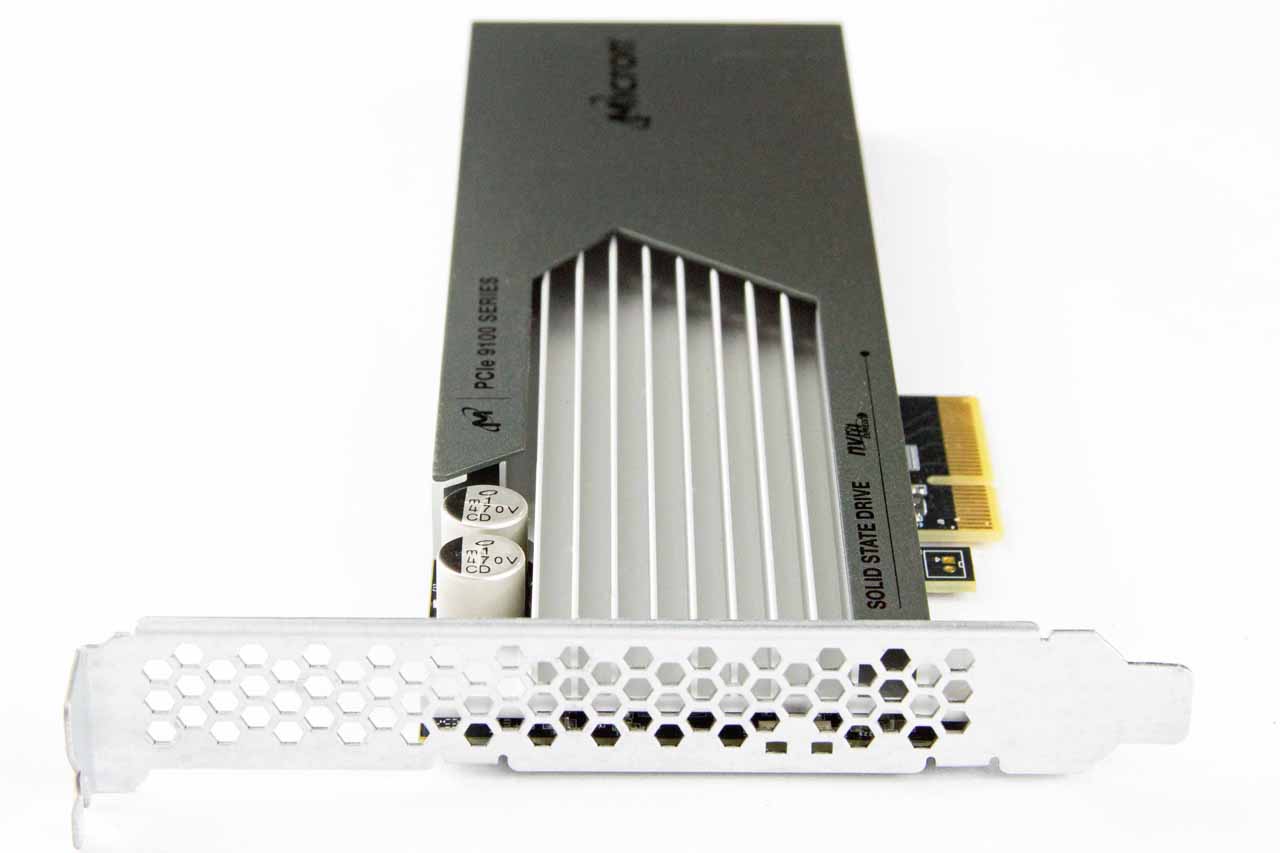

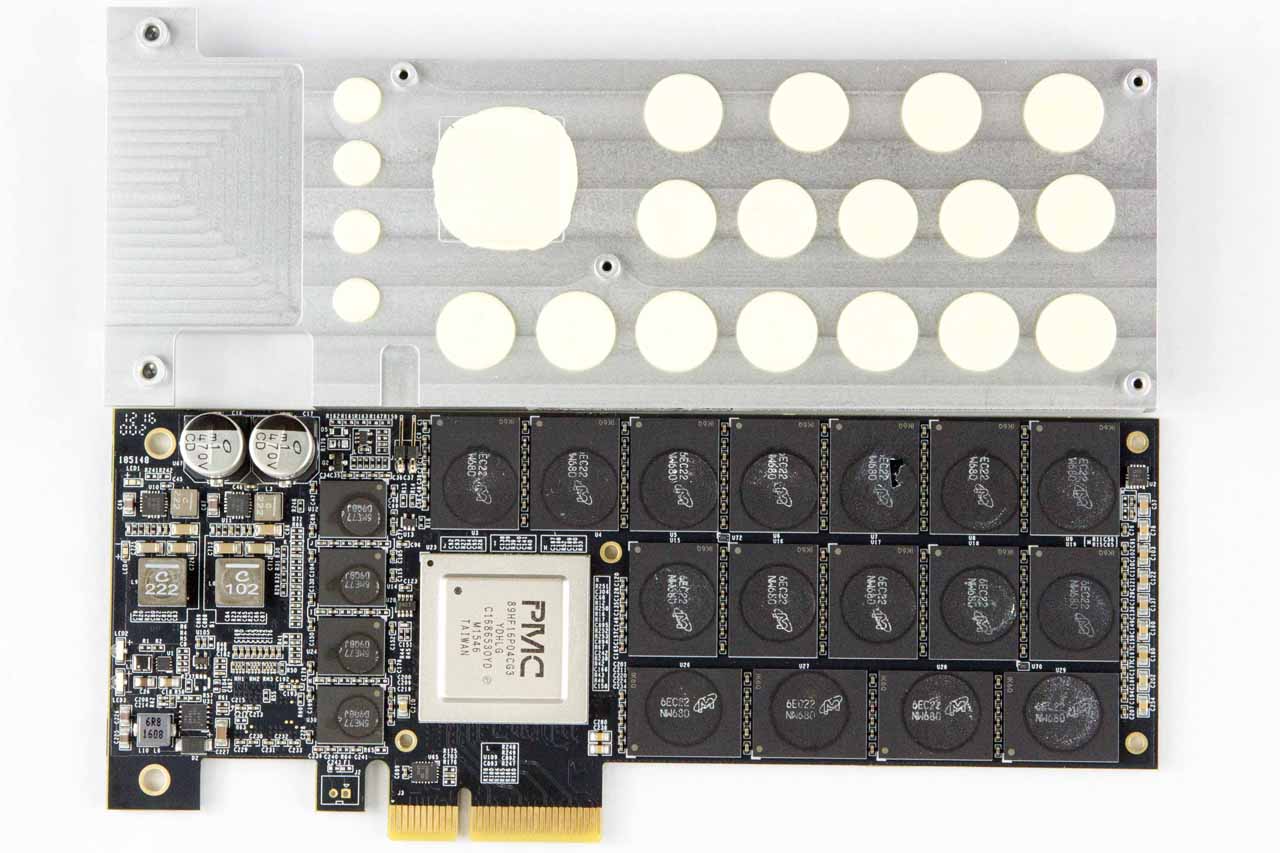

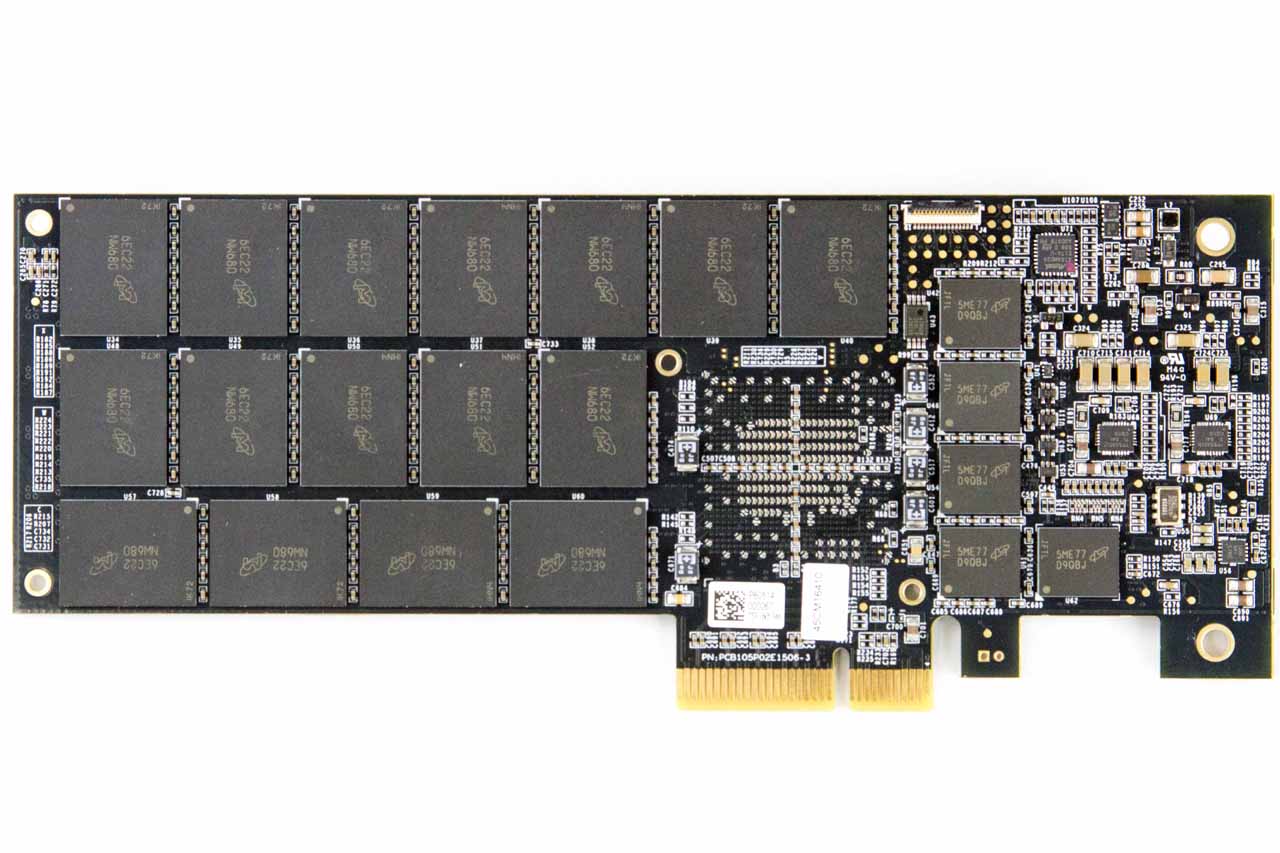

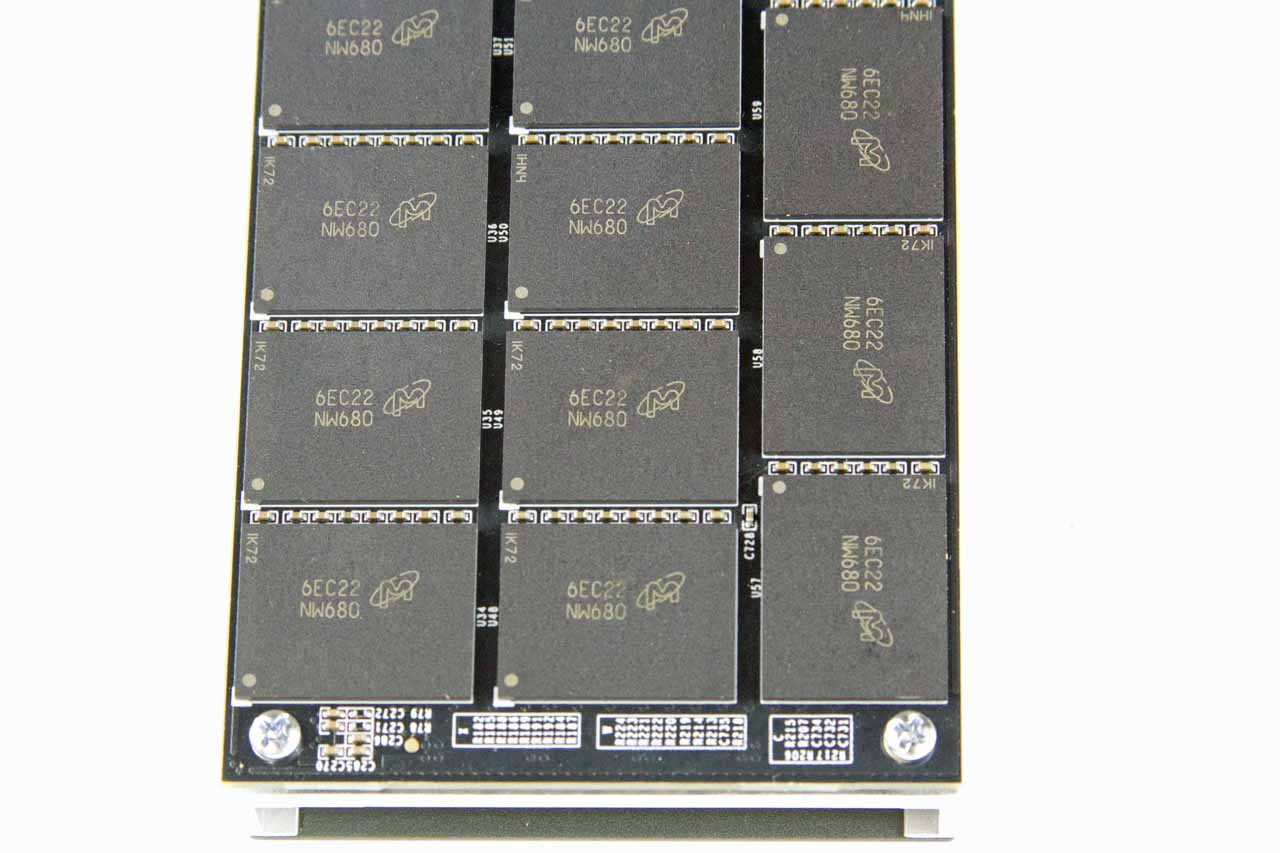
The Micron 9100 Max provides incredible performance with its single-ASIC architecture. The 9100 easily overpowers more complex and costly designs, and significantly outperforms single-ASIC contenders. The 9100's blend of endurance and cost, along with the advantages of NVMe, are impressive.






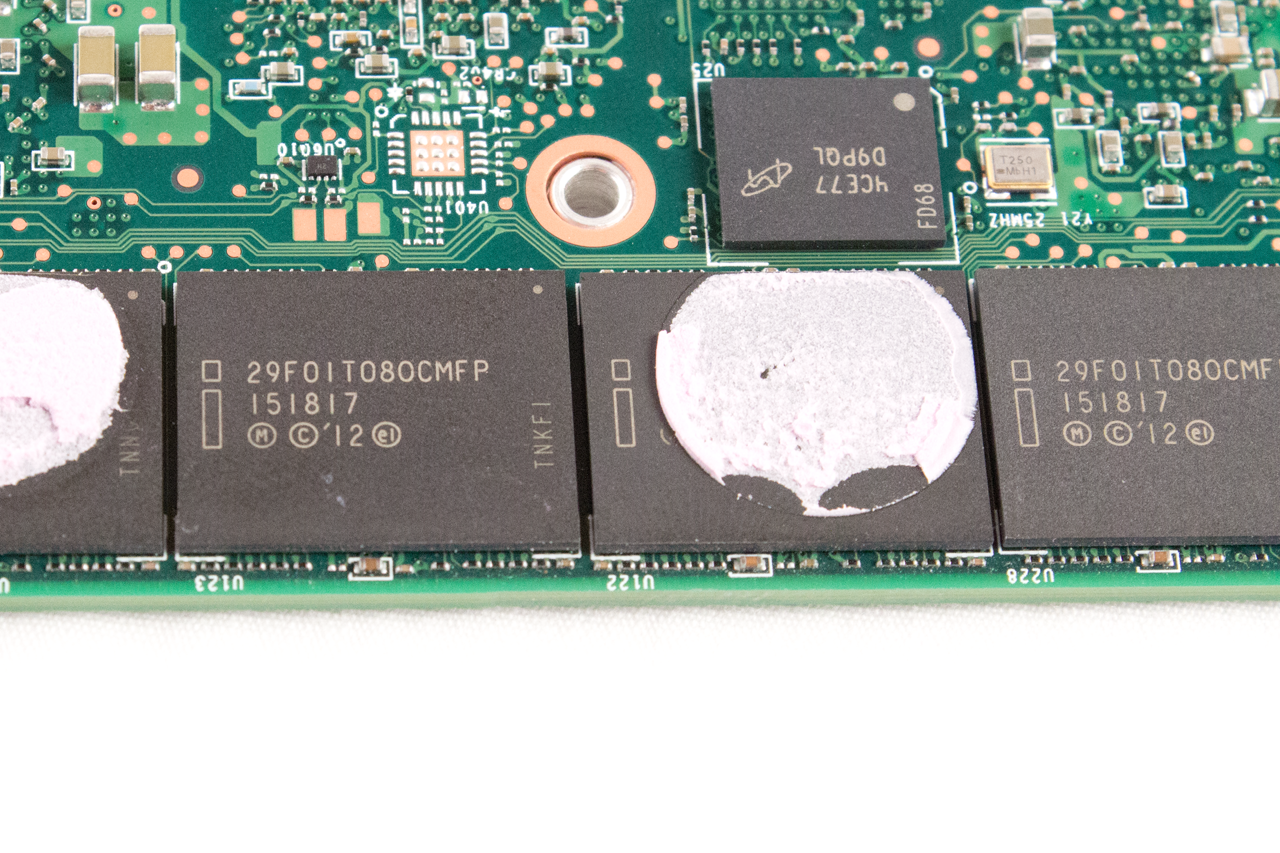
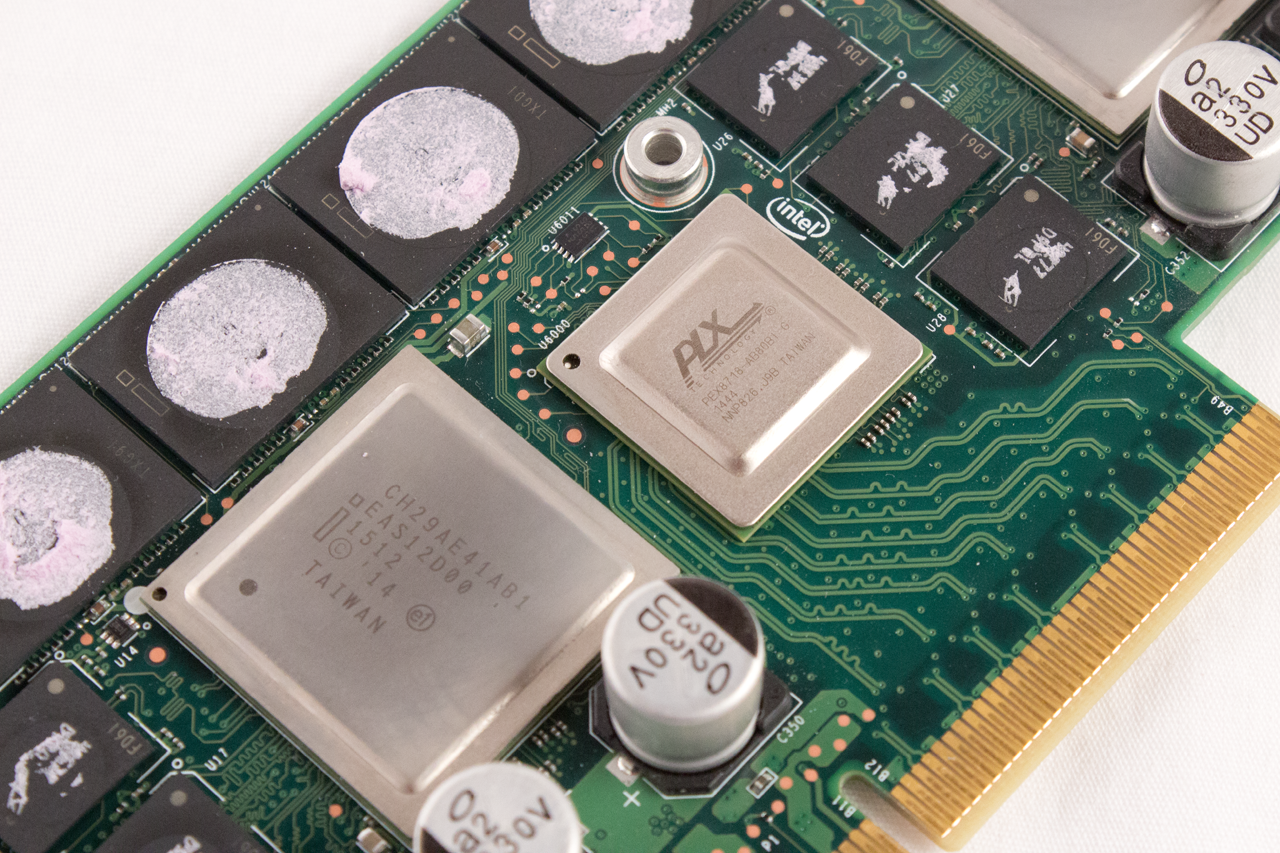
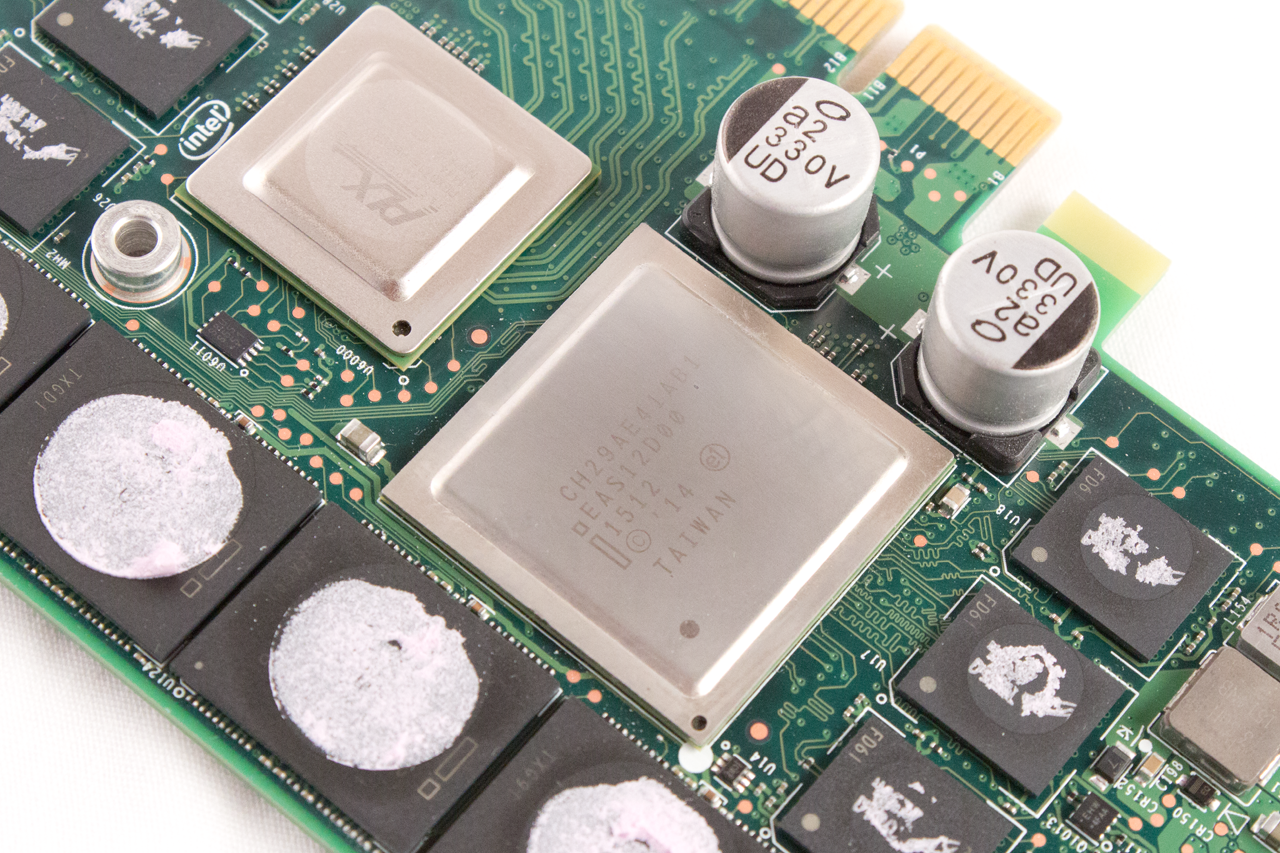
The Intel DC P3608 is a special breed. It's basically two DC P3600 SSDs placed on one PCB. It has two separate SSD controllers that communicate to the host through a PLX switch. The magic of software RAID combines these two logically separate devices into one powerful brute of an SSD.
Get Tom's Hardware's best news and in-depth reviews, straight to your inbox.
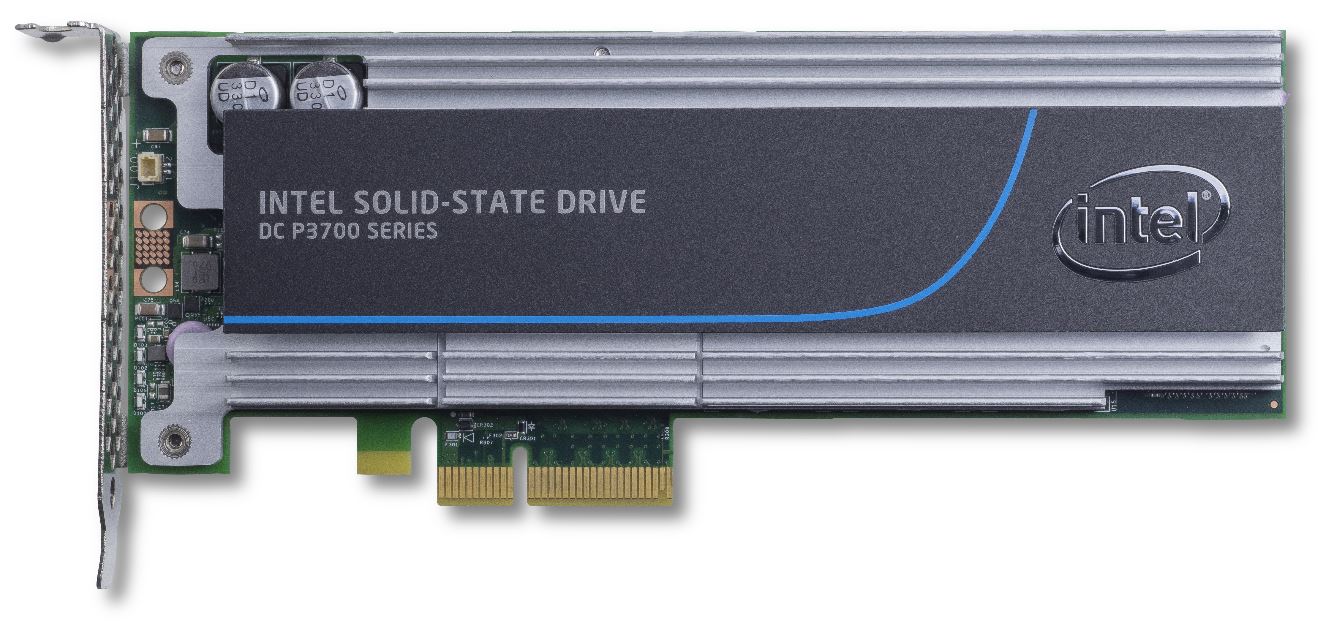

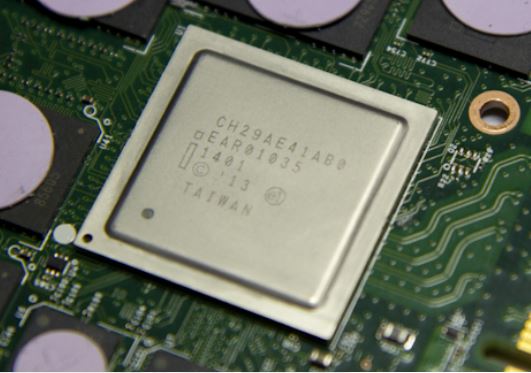
The Intel DC P3700 is the SSD that kicked off the NVMe revolution. It comes packing 20nm Intel HET (High-Endurance Technology) NAND, but Intel has moved on to 3D MLC NAND with its newer models. The DC P3700 still provides leading endurance compared to other NAND-based SSDs.
MORE: Best Enterprise SSDs

Paul Alcorn is the Editor-in-Chief for Tom's Hardware US. He also writes news and reviews on CPUs, storage, and enterprise hardware.
-
Geekwad A true signal that raw processing power is played out.Reply
Storage of all kinds and an increased focus on parallelism in software implementations is more exciting. -
anbello262 I can't wait to have the consumer version. I can cleary see in a few years ssd replacing hdd for storage, and xpoint replacing ssd for OS/boot/programs.Reply -
shrapnel_indie Call me when the testing is completed with real hardware on hand. Its too easy to simulate in a virtual environment. (Not saying they did, but the potential exists.) The numbers are nice though.Reply